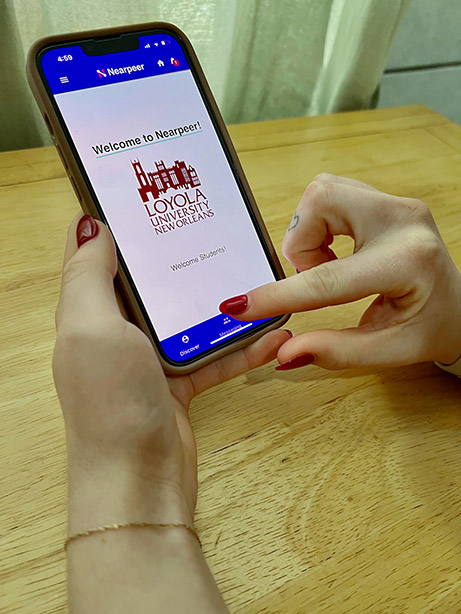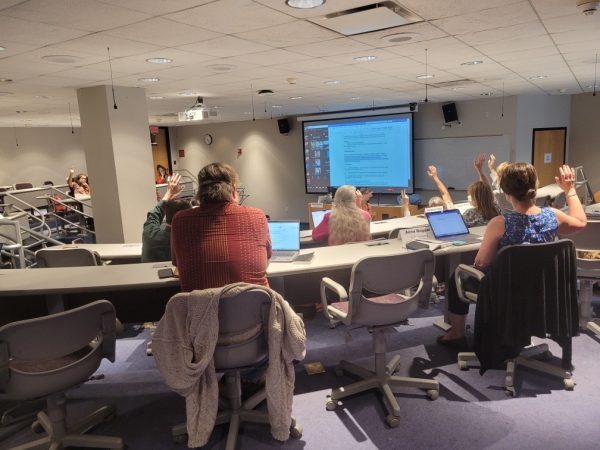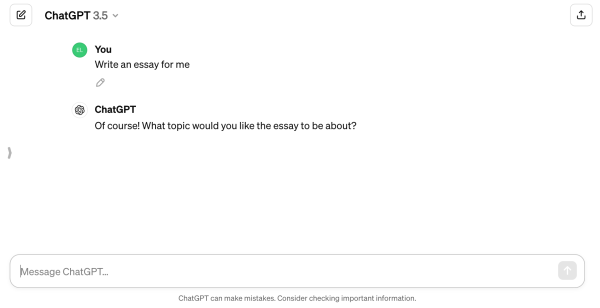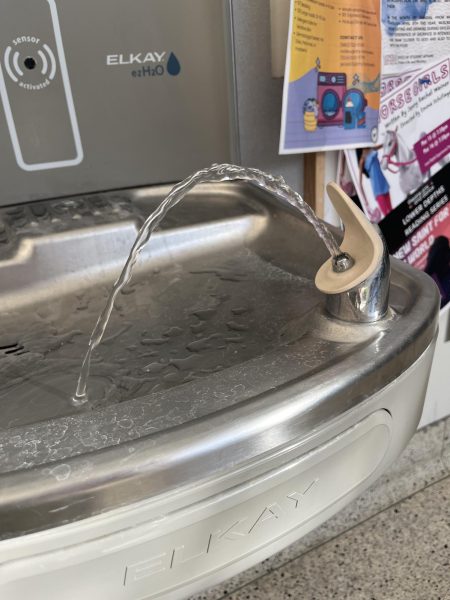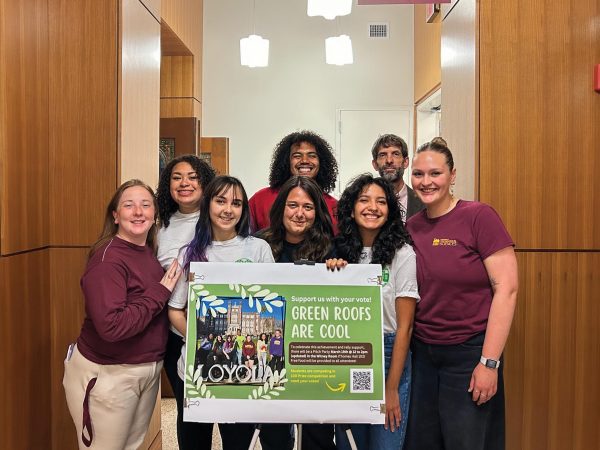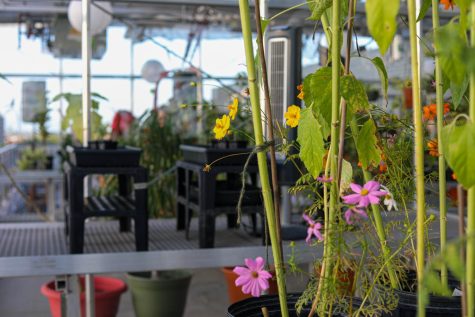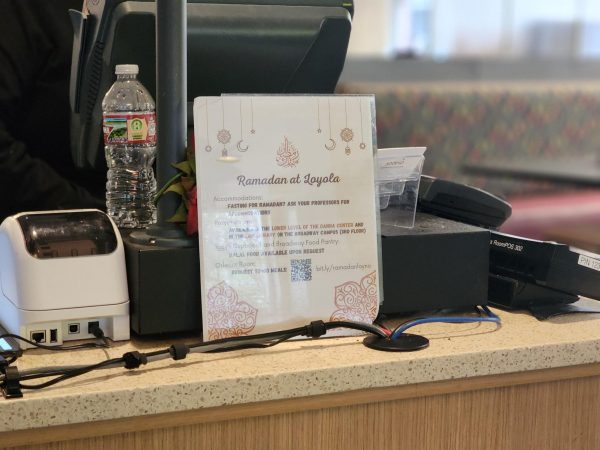Nearpeer app lacks popularity
Photo illustration by Nelson Capote.
Student opens the Nearpeer app on their phone. The app is being promoted by the university to help students engage with each other.
March 2, 2023
The Nearpeer app launched at Loyola with a primary focus on remote student engagement, but many students like Emma Lucas, a first-year graphic design major, did not find the app suitable for facilitating social engagement.
Lucas joined the app while taking the college and community course and said that Nearpeer felt like a dating app but for friends.
“We live in a digital age, but you can’t replace human interaction,” Lucas said. “Not that the app is replacing it, but I’d rather just meet people in person.”
The idea behind Nearpeer was to have a Loyola-only platform that is different from platforms like Instagram or TikTok that can be anxiety-inducing and “like-based,” according to Liz Rainey, assistant provost of the Student Success Center.
Sebastian Walser, another first-year student who downloaded Nearpeer as part of the college and community course, expressed similar concerns.
“I get that it’s a way to make acquaintances, but talking to people in person worked out better for me,” he said.
Rainey ushered in Nearpeer at Loyola by partnering with the College Innovation Network.
“The point of the app was to make a friend, and then you can do your thing,” Rainey said. “I don’t imagine people would stay on the platform forever.”
Rainey described the app as a more low-key way to meet people, having noticed that students’ communication skills are different as a result of the pandemic.
“Imagine going up to someone in your class and being like, ‘Hey, do you wanna study together?’ For some students, that’s really hard,” she said.
Tia Teamer, the newly appointed assistant director of student life, said she hopes for more students to get involved with the Nearpeer app as a means of social engagement in a COVID world. All students have to do is go to nearpeer.net to create their profile using their Loyola email address, then download the app on their phone and log in.
“From my understanding, there was a lack of communication or socialization with our students,” she said. “Nearpeer was supposed to be used as a platform for our students to engage with others in another way besides going to in-person events and things of that nature.”
Teamer said that Nearpeer has been useful for krewe leaders at Loyola to engage with incoming first-years during orientation, but she hopes to extend the popularity of the app to transfers and commuter students.
“It is still in the works [as to] what features of the app we can use to promote to transfer and commuter students,” Teamer said. “Ultimately, they might not be on campus for anything besides classes, so they might not go to the different events and meet new people.”
Teamer hopes for the Nearpeer app to be a social media tool and main channel for engaging students, as HowlConnect and Corq have aided students with their events, fundraising, and club activity. However, she expressed her concern for oversaturation of social media, hoping the app would not just become “another random media thing on your phone.”
Further data on how Nearpeer has been performing at Loyola will be available after the Student Success Center meets with the College Innovation Network.


